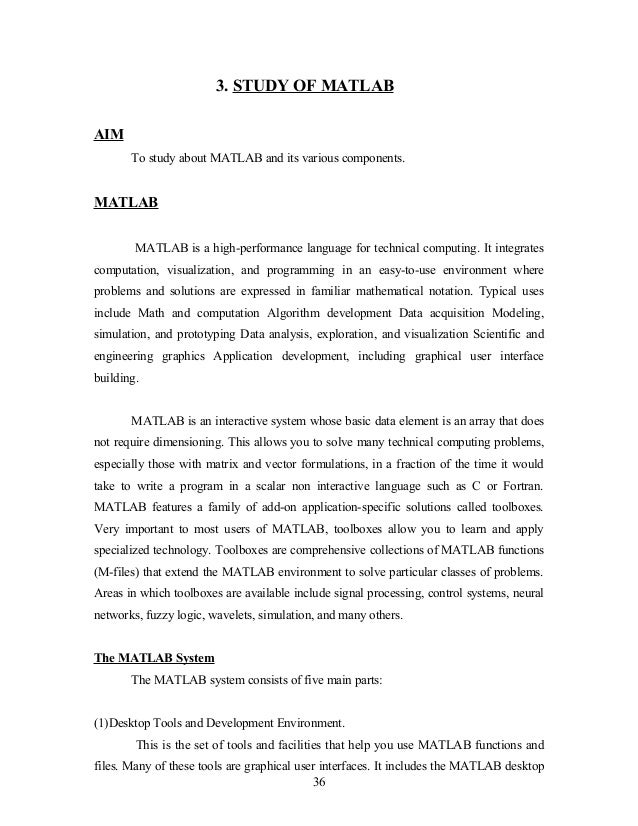

The coordinate units are not specified in the STL standard. There is also no way to have facets be selectively transparent because there is no per-facet alpha value – although in the context of current rapid prototyping machinery, this is not important. The red/green/blue ordering within those two bytes is reversed in these two approaches – so while these formats could easily have been compatible, the reversal of the order of the colors means that they are not – and worse still, a generic STL file reader cannot automatically distinguish between them. bit 15 is 0 if this facet has its own unique color, or 1 if the per-object color is to be used.bits 10 to 14 are the intensity level for blue (0 to 31),.bits 0 to 4 are the intensity level for red (0 to 31),.The per-facet color is represented in the two "attribute byte count" bytes as follows: Material settings are preferred over color. Just after "COLOR=RGBA" specification should be another ASCII string ",MATERIAL=" followed by three colors (3×4 bytes): first is a color of diffuse reflection, second is a color of specular highlight, and third is an ambient light. Magics also recognizes a material description a more detailed surface characteristic. This is the color of the entire object, unless overridden at each facet. If color is used, then somewhere in the header should be the ASCII string "COLOR=" followed by four bytes representing red, green, blue and alpha channel (transparency) in the range 0–255.
IRONCAD IMPORT FACET MODEL SOFTWARE


Īn STL file describes a raw, unstructured triangulated surface by the unit normal and vertices (ordered by the right-hand rule) of the triangles using a three-dimensional Cartesian coordinate system. Binary files are more common, since they are more compact. The STL format specifies both ASCII and binary representations. STL files describe only the surface geometry of a three-dimensional object without any representation of color, texture or other common CAD model attributes. This file format is supported by many other software packages it is widely used for rapid prototyping, 3D printing and computer-aided manufacturing. STL has several backronyms such as "Standard Triangle Language" and "Standard Tessellation Language". STL is a file format native to the stereolithography CAD software created by 3D Systems.


 0 kommentar(er)
0 kommentar(er)
